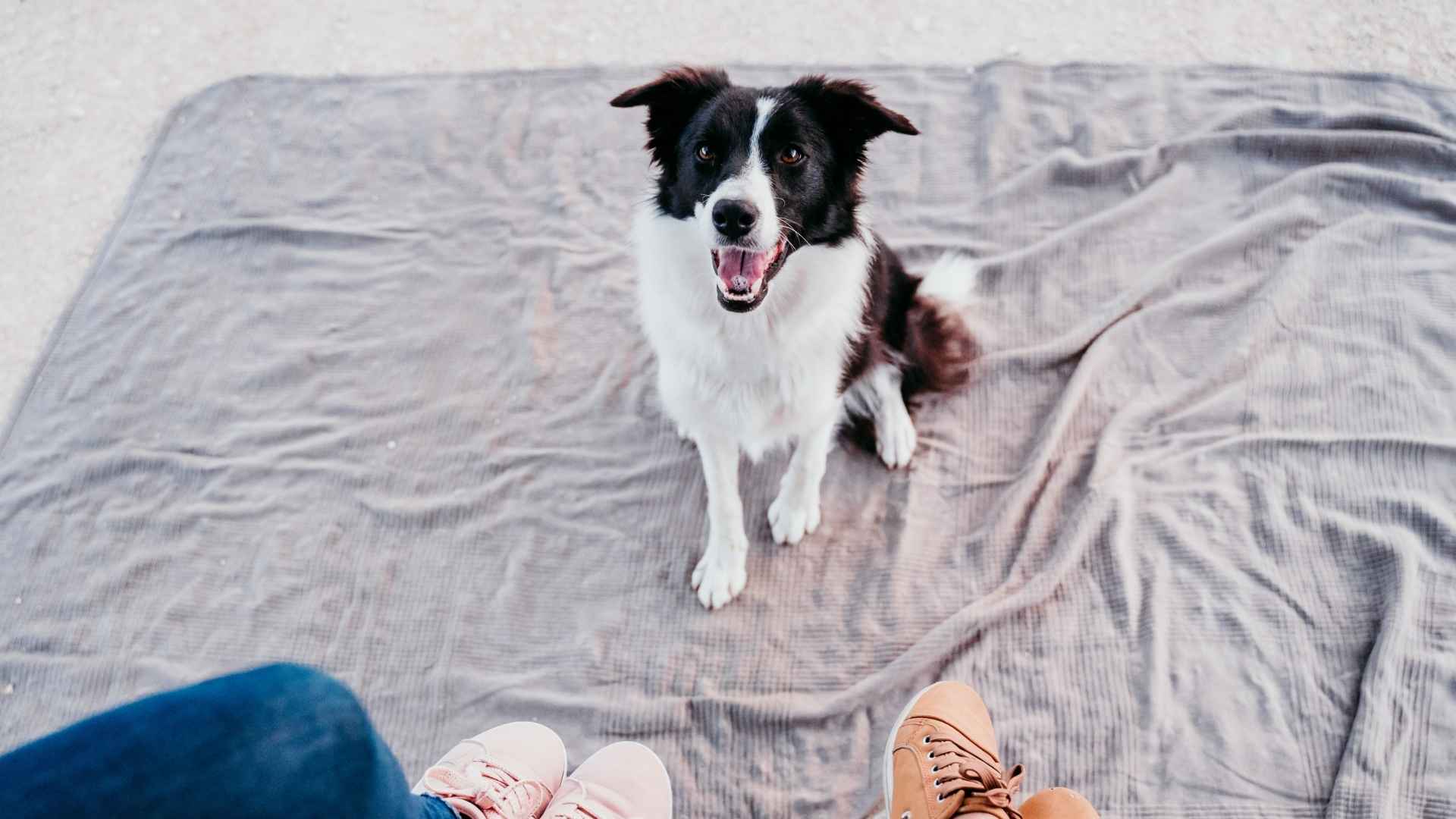Imagine this: You bring home an adorable puppy, dreaming of cozy snuggles on the couch. But instead of curling up beside you, your new furry friend prefers the opposite end of the room—or worse, walks away when you try to hug them!
Before you start taking it personally, here’s the truth: Not all dogs love cuddling, and that’s completely normal! While some breeds crave constant affection, others value their independence and personal space. This doesn’t mean they don’t love you—it just means they show affection in their own unique ways.
In this guide, we’ll explore 9 dogs that prefer independence over endless snuggles. Whether you’re a potential dog owner or just curious, you’ll discover why these pups would rather keep their paws to themselves.
Dog Breeds That Don’t Like To Cuddle
1. Basenji
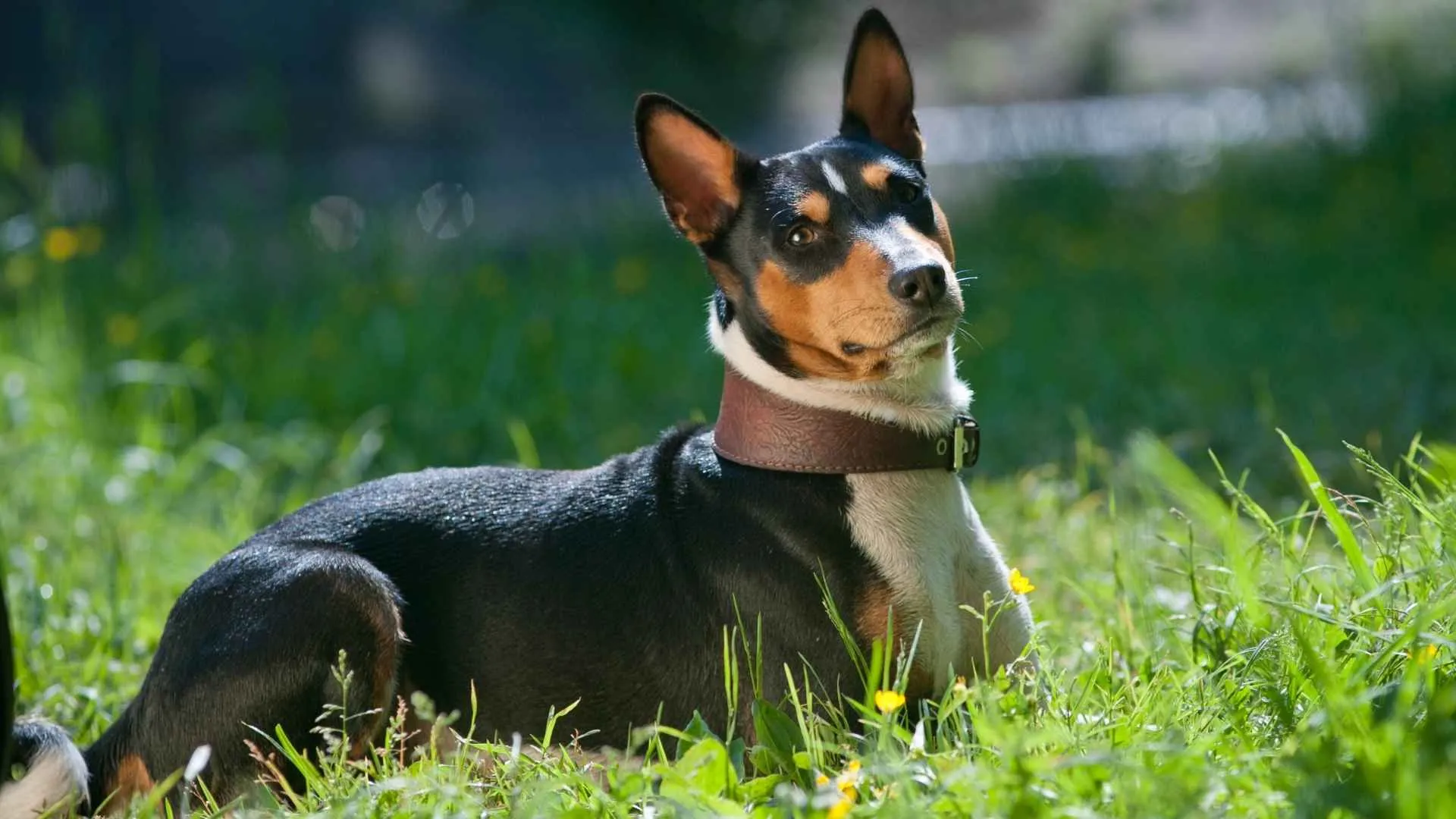
Basenjis originated in Central Africa, where they were bred as hunting dogs. Unlike most dogs, they are independent thinkers and naturally quiet, known as the “barkless dog.” Their strong-willed nature makes them different from affectionate breeds that seek constant human attention.
This breed has a personality more like a cat—reserved, intelligent, and highly independent. While many affectionate breeds crave snuggles, Basenjis prefer to keep their distance. From a young age, they show a preference for exploration over clinginess, making them unique among most pets.
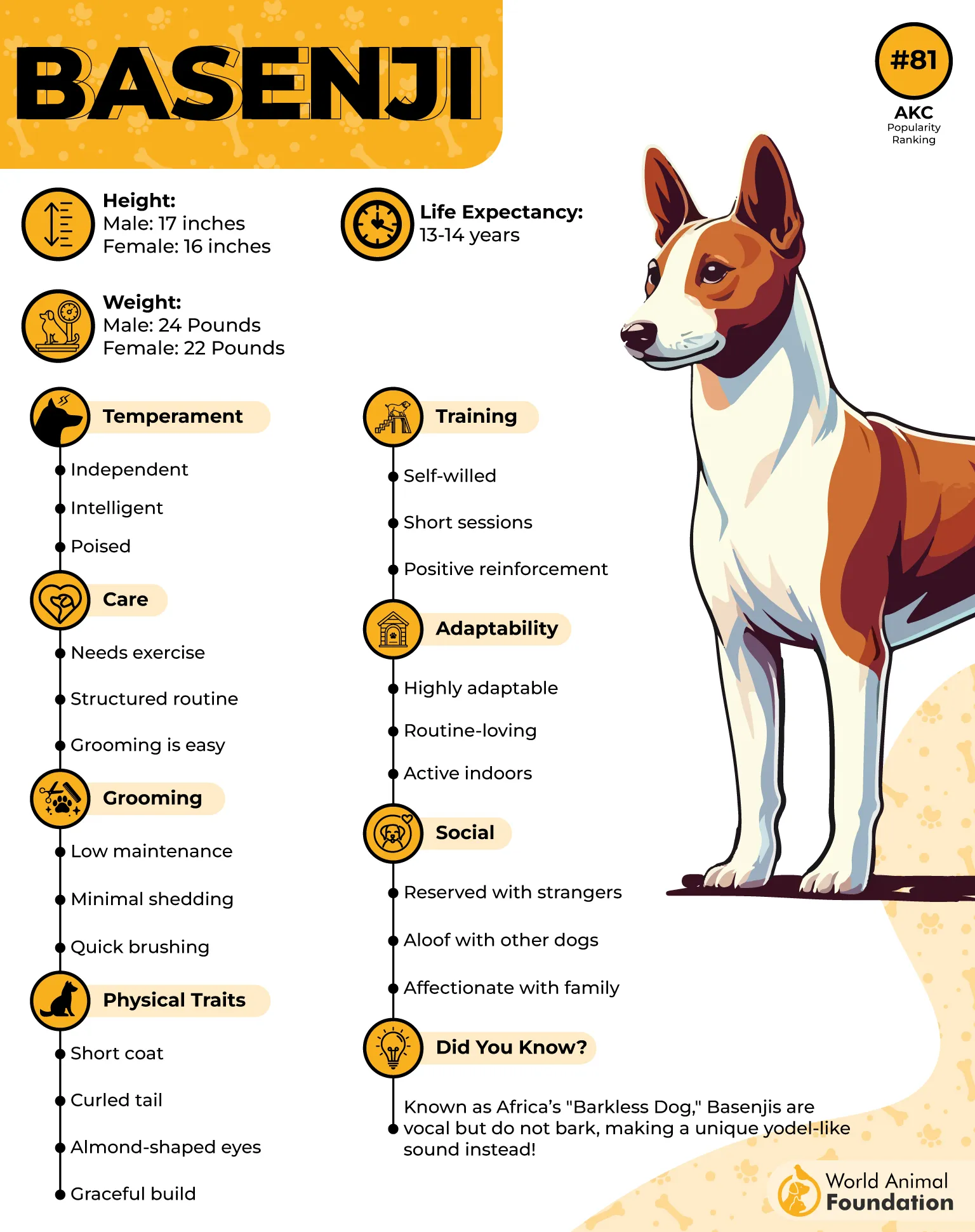
Cuddling feels restrictive to Basenjis, as they are wired for movement and freedom. Unlike lap-loving dogs, they dislike being held or confined. Even as puppies, they resist prolonged physical contact, favoring active engagement over passive affection.
Despite their dislike for cuddles, Basenjis express love in subtle ways. They may follow their owners around, gently nudge for attention, or bring toys. Their loyalty is evident, even if they choose independence over constant closeness.
The best way to bond with a Basenji is through engaging in activities. Playtime, puzzle toys, and outdoor adventures strengthen trust. Instead of forcing cuddles, appreciating their unique affection style creates a stronger connection.
2. Chow Chow
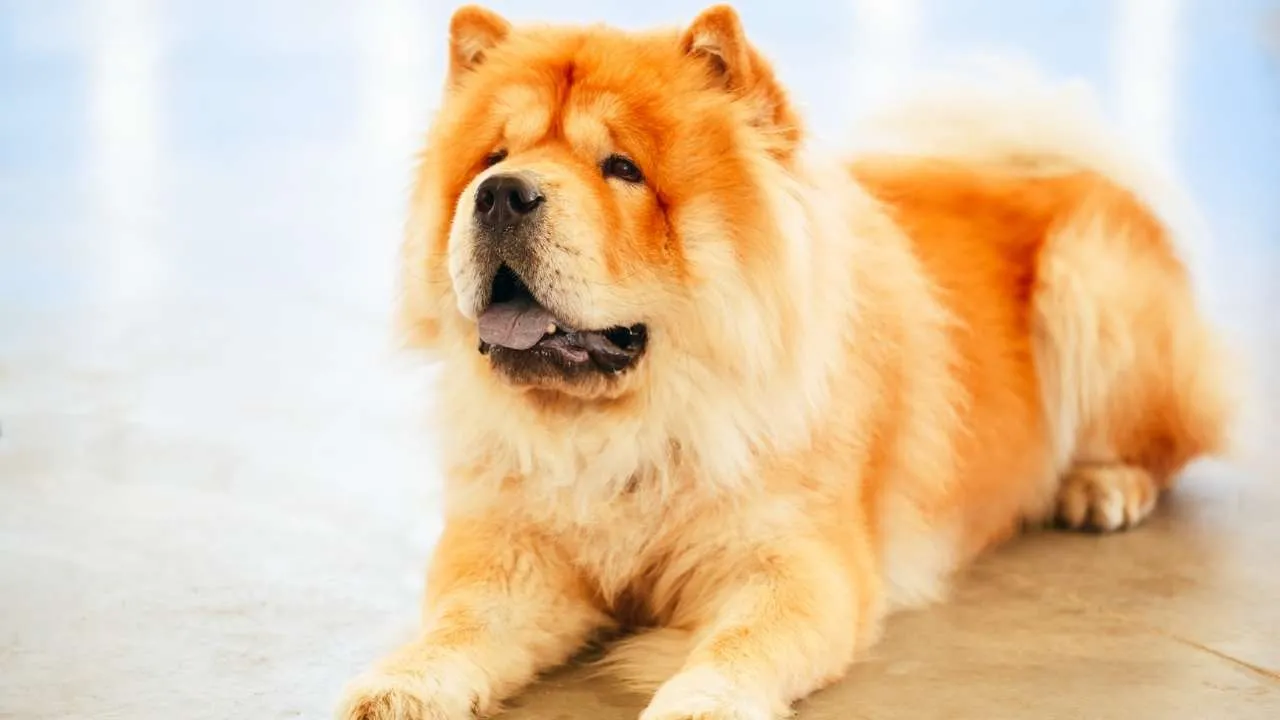
Chow Chows may look like giant, cuddly teddy bears, but don’t be fooled—they’re more like royalty who prefer admiration from a respectful distance. Originating from ancient China, these fluffy companions once guarded temples and palaces. Unlike other dogs that are bred for companionship, they developed a more independent nature, carrying themselves with quiet dignity.
A Chow’s personality is a mix of confidence, aloofness, and a touch of sass. They’re highly intelligent but stubborn, making them more selective with their affection as per Petplan. While some cuddly breeds happily melt into hugs, Chows maintain a firm belief in personal space. If they were human, they’d be the type to appreciate a polite nod over an unexpected hug.

Cuddling just isn’t their thing, and they make that very clear. Being wrapped in someone’s arms feels restrictive, and their thick double coat makes close contact uncomfortably warm. Unlike other dogs that happily seek snuggles, Chows often sidesteps any attempt at prolonged physical affection.
That doesn’t mean they don’t love their humans—they just show it in more refined ways. Instead of curling up in your lap, they prefer to stay close and observe. A slight lean, an approving glance, or following you from room to room? That’s their version of a cuddle. Their body language speaks volumes, even without the typical snuggly gestures.
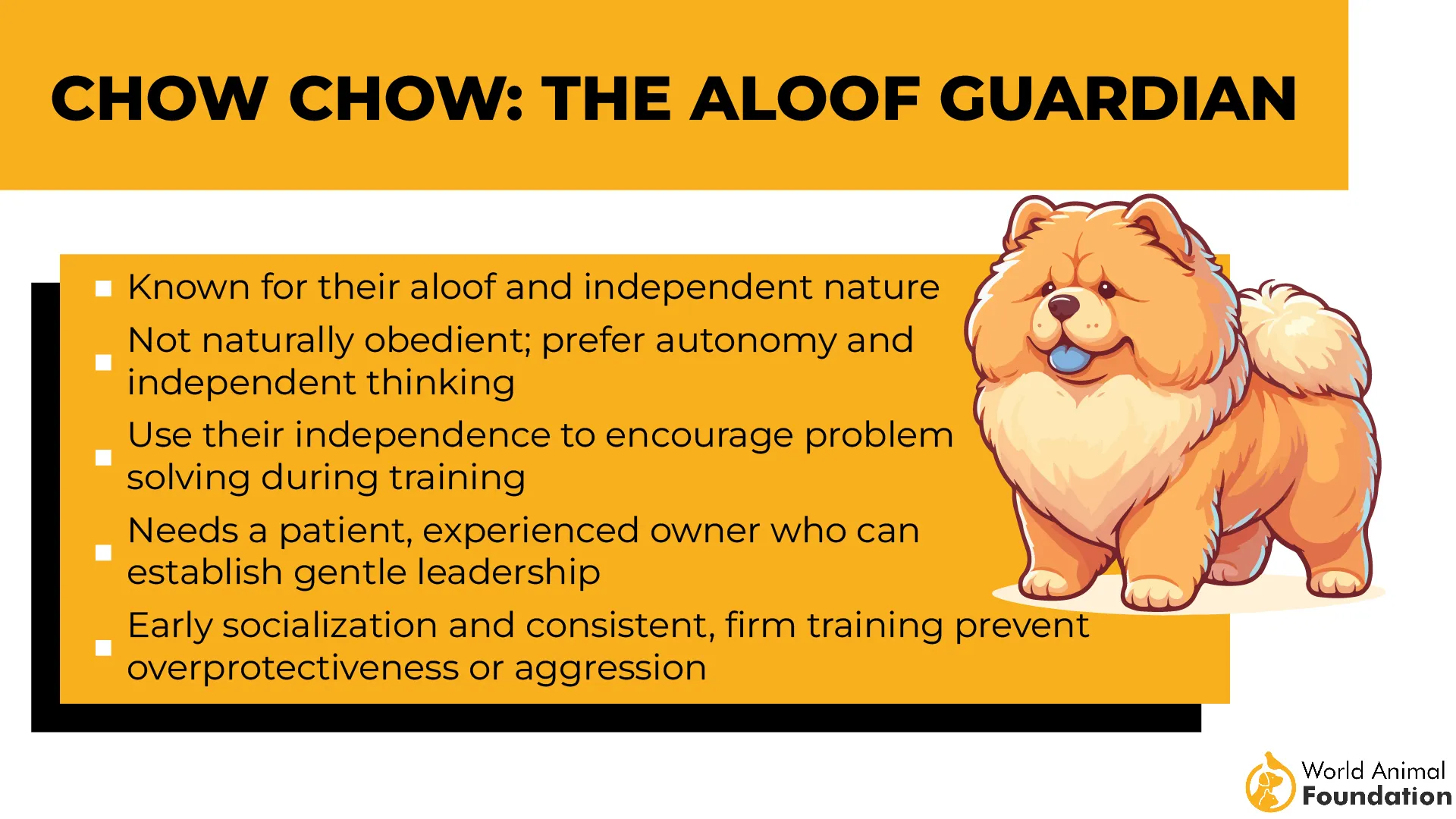
Winning over a Chow requires patience and respect for their boundaries. They respond best to gentle interactions, routines, and activities that let them feel in control. Slow, intentional bonding—like quiet walks and calm playtime—works better than overwhelming them with cuddly gestures they’ll never appreciate.
3. Afghan Hound
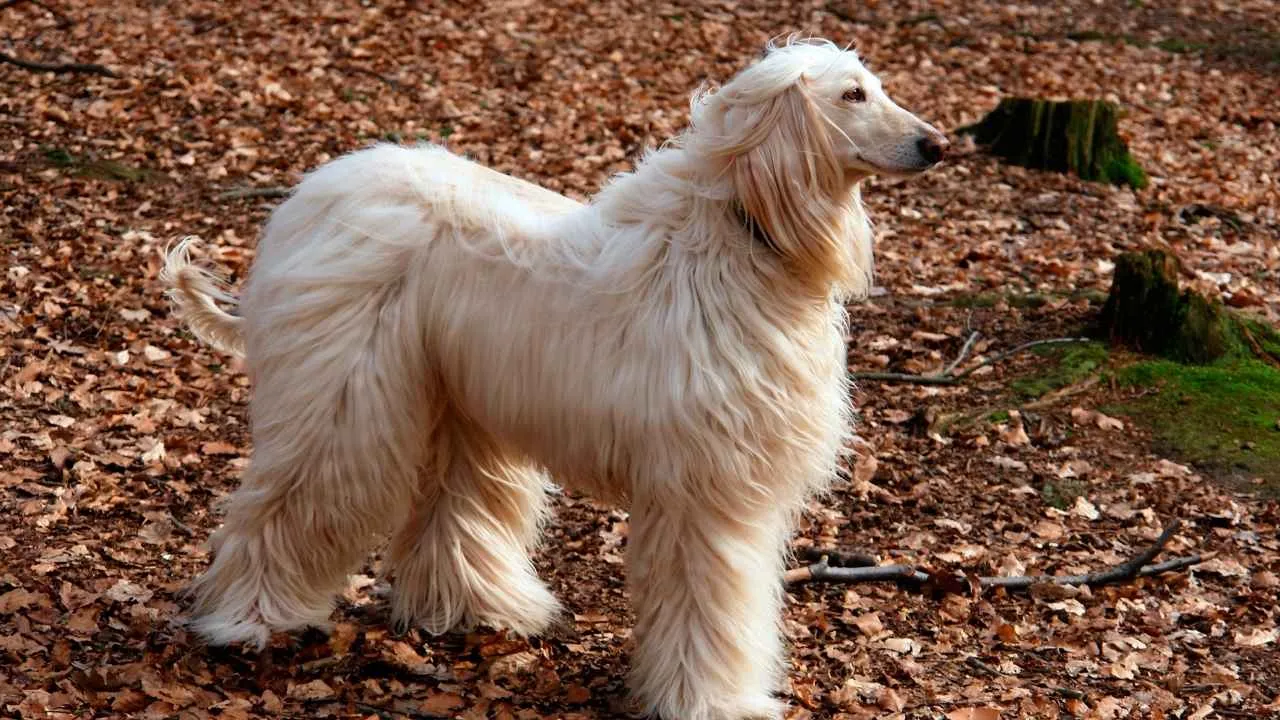
Draped in silky fur and exuding elegance, the Afghan Hound has a history as glamorous as its appearance. Originating in the mountains of Afghanistan, this breed was prized for its speed and agility, chasing down prey with unmatched grace. Unlike lapdogs bred for cuddling, these hounds were built for independence, making them more like runway models than snuggle buddies.
Living with an Afghan Hound is like sharing space with a sophisticated artist—charming, aloof, and always a little mysterious. They’re intelligent but have a mind of their own, which makes training a fun challenge. While some dogs happily sit at their owner’s feet, Afghan Hounds prefer perching on high ground, surveying their kingdom with a regal gaze.
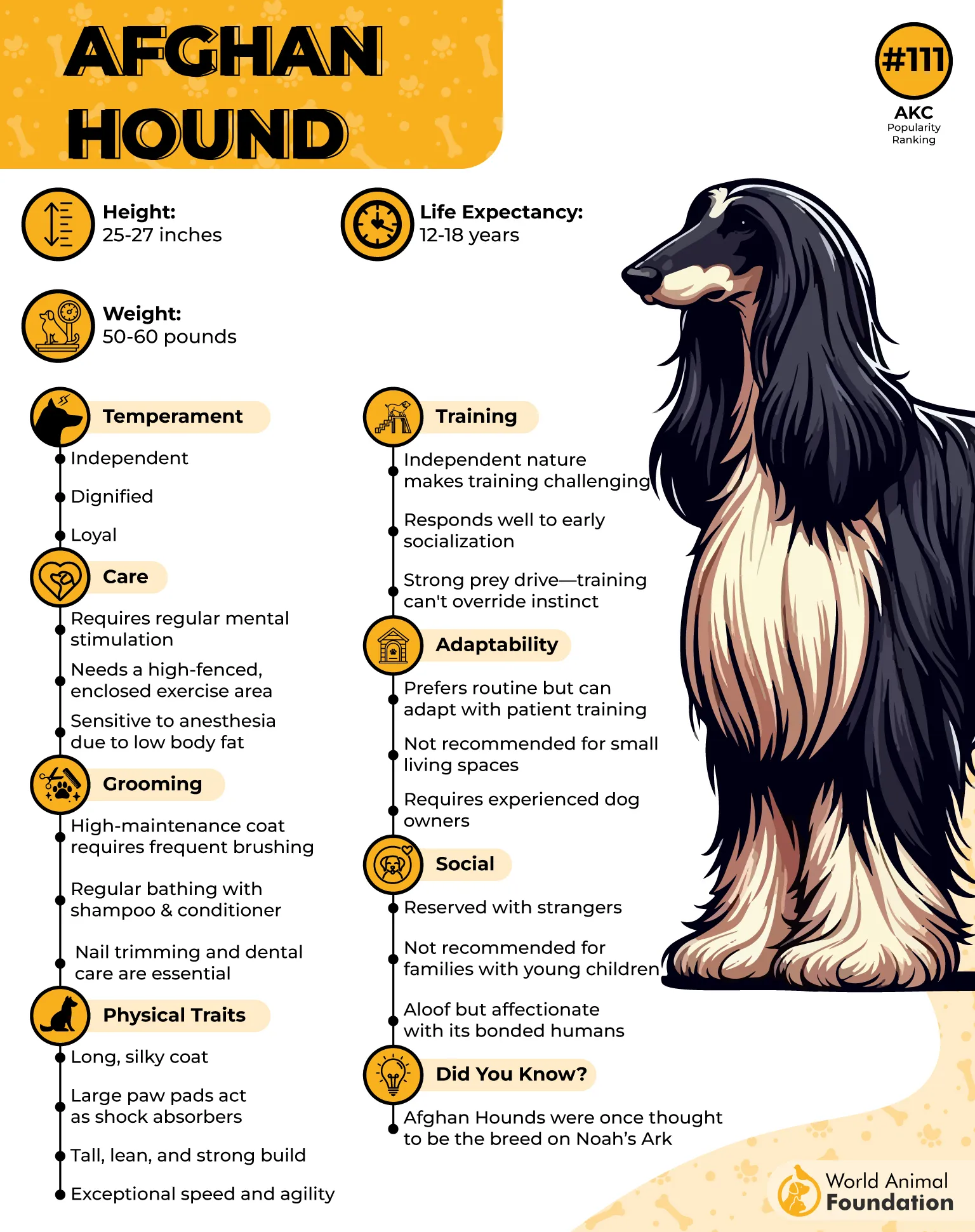
Cuddling just isn’t on their agenda. Being wrapped in hugs or forced to sit still for long is the opposite of their free-spirited nature. Originally bred to chase prey over vast distances, they crave movement, not confinement. Unlike breeds that adore constant touch, Afghan Hounds would rather keep things elegant—minimal contact, maximum presence.
But just because they aren’t overly cuddly doesn’t mean they aren’t loyal. Instead of showering their humans with kisses, they show love through subtle gestures—like quietly following from room to room or resting nearby. Their affection is more of a refined companionship rather than clingy devotion. With strangers, they’re even more reserved, preferring to observe before engaging.
Building a bond with an Afghan Hound requires patience and an appreciation for their independent streak. They respond best to gentle training methods, rewarding them when they willingly participate rather than forcing them into commands. Instead of expecting endless snuggles, embrace their love for movement—long walks, playful chases, and plenty of space to roam make them happiest.
4. Alaskan Malamute
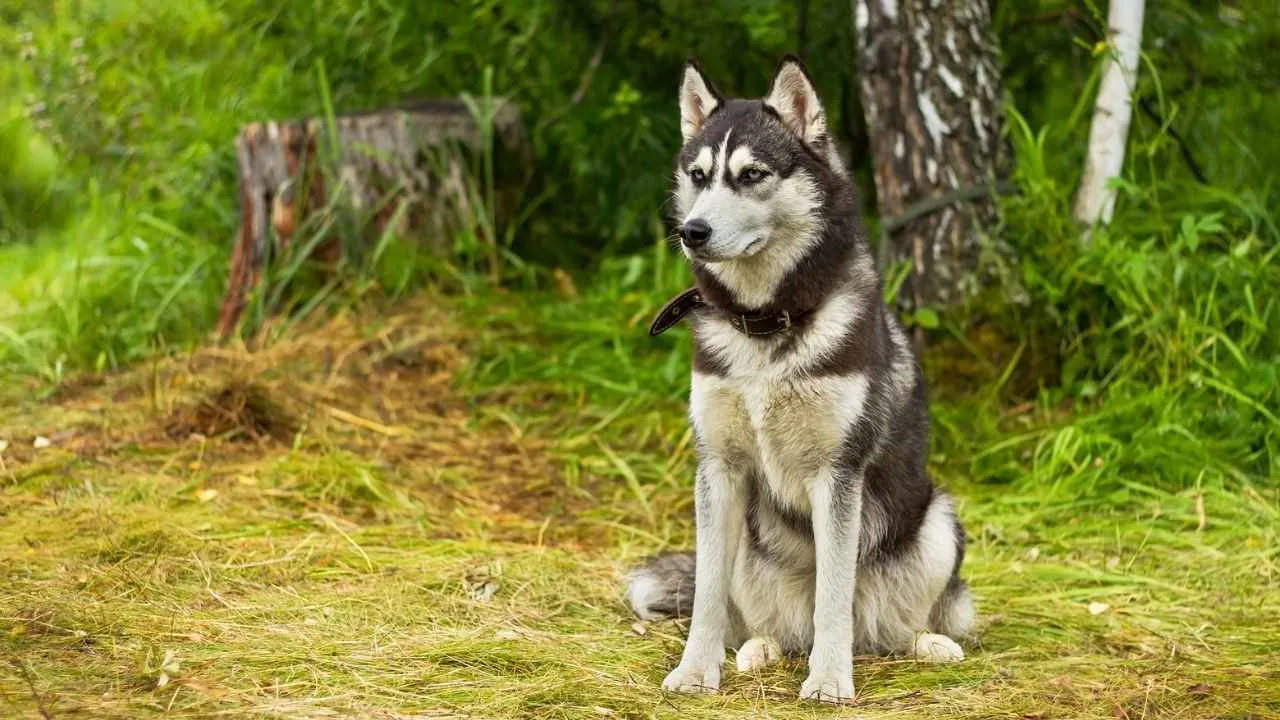
With their thick fur and wolf-like looks, Alaskan Malamutes may seem like the ultimate cuddle dogs, but don’t be fooled! These gentle giants were bred to haul heavy sleds across icy terrain, not to lounge around on laps. Their sheer size alone makes snuggling a bit of a logistical challenge—when a dog weighs as much as a small human, cuddling quickly turns into being squashed.
Despite their friendly nature, Malamutes have an independent streak that sets them apart from the typical clingy, affectionate dogs. They’re social, playful, and love being around people, but they prefer to show affection on their terms. While some dogs thrive on curling up with their owners, Malamutes often find comfort in simply being nearby rather than glued to your side.

Cuddling just isn’t their favorite pastime, and their thick double coat doesn’t help. Built for Arctic conditions, they can overheat quickly, making close contact less appealing. Instead of snuggling up like other dogs, they’d much rather stretch out and take up as much space as possible.
That doesn’t mean they aren’t great with children or their families—they just express love differently. A Malamute’s version of affection includes playful nudges, leaning against your legs, or happily trotting beside you during outdoor adventures. They enjoy companionship but don’t need constant physical touch to feel connected.
The best way to bond with a Malamute is through activity. Long hikes, interactive games, and training sessions strengthen their loyalty while keeping them engaged as per Orvis. Instead of expecting a couch potato cuddle dog, embracing their love for movement and adventure will bring out the best in this lovable yet independent breed.
5. Shiba Inu
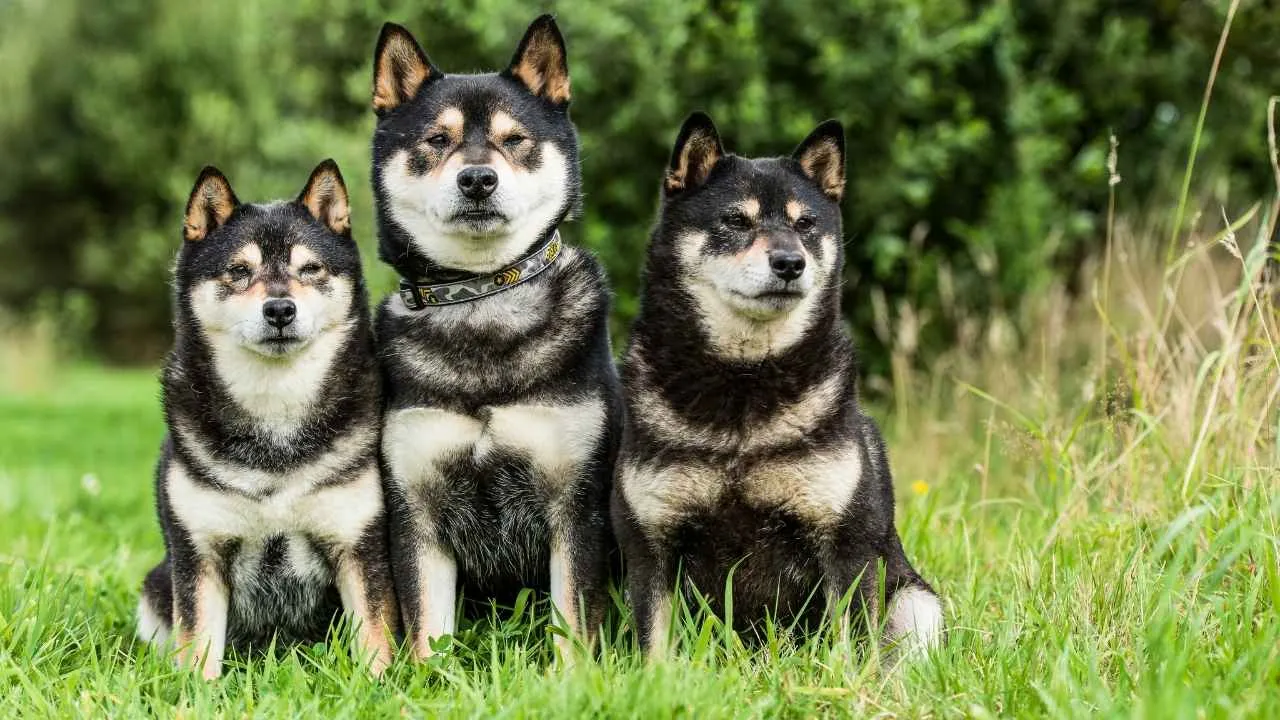
With their fox-like faces and confident strut, Shiba Inus carry themselves like tiny royalty. Originating from Japan, these compact canines were bred for hunting in rugged terrains, making them tough, independent, and incredibly agile. While their small size might suggest they’d be lap dogs, anyone who’s ever tried to scoop up a Shiba knows that’s wishful thinking.
These little fireballs have a personality as bold as their appearance. They’re smart, stubborn, and full of mischief, always keeping their owners on their toes. Teaching them commands can be a challenge since they prefer doing things their own way. While most pets might eagerly sit for a reward, a Shiba will first assess if the treat is truly worth their time.
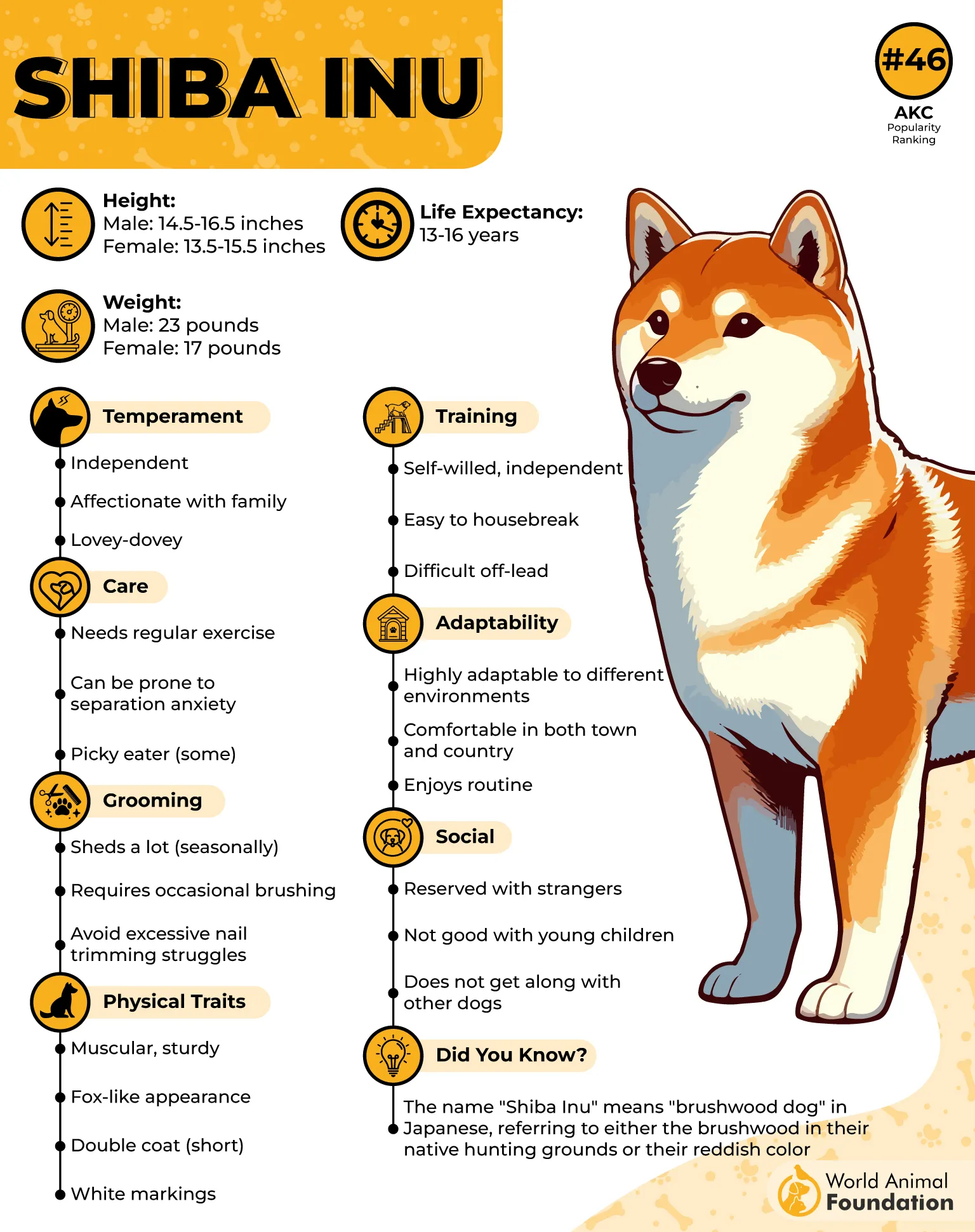
When it comes to cuddling, their attitude is clear—hard pass. Shibas like personal space and will squirm, twist, or dramatically throw back their head if someone insists on holding them. Unlike more affectionate canines, they see forced snuggles as an offense to their dignity, preferring freedom over smothering affection.
That doesn’t mean they don’t love their humans! Instead of curling up on your lap, they show affection through loyalty, playful antics, and the occasional head nuzzle (on their terms, of course). They’re also incredibly expressive, using their signature “Shiba scream” to make their feelings crystal clear—especially at the vet or when the leash comes out for a walk they’re not in the mood for.
Winning over a Shiba requires respect for their independence. They respond best to positive reinforcement, so treats and patience go a long way. Rather than expecting a clingy companion, engaging them in games, adventurous walks, and interactive training sessions will make your bond stronger—just don’t expect them to suddenly become cuddle bugs!
6. Scottish Terrier

Scottish Terriers may be small, but they carry themselves with the confidence of a dog twice their size. Originally bred in Scotland to hunt vermin, these sturdy little canines were built for action, not lap lounging. With their distinctive beard, sharp eyes, and ever-alert posture, they always seem ready for an important mission—even if it’s just watching squirrels from the window.
With a strong-willed and independent nature, Scotties aren’t the type to follow orders blindly as per AKC. They bond deeply with their chosen person but don’t feel the need to prove their love through constant snuggles. A Scottie will watch over their home with a serious, almost detective-like attitude, making sure everything is in order.
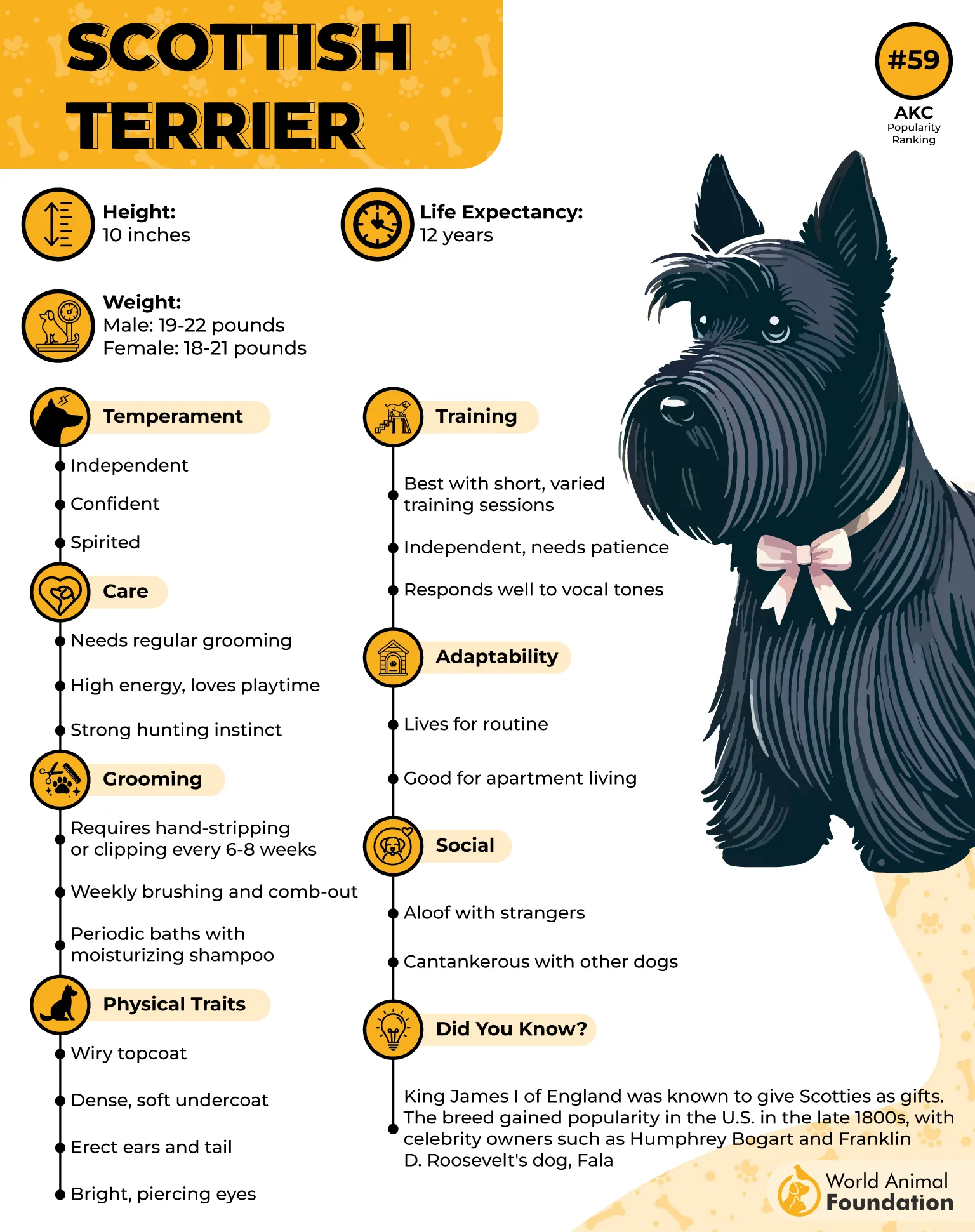
Cuddling just isn’t on their list of favorite things. Unlike some affectionate dogs that happily melt into a warm hug, Scotties prefer their own space. If someone tries to scoop them up without their approval, they might respond with a firm expression that clearly says, Not today, human. It’s not that they’re afraid of love—it’s just that they prefer showing it in their own way.
Instead of curling up in your lap, a Scottish Terrier will prove their loyalty by sticking close, wagging their tail subtly, and watching your every move like a tiny guardian. They are observant, deeply devoted, and will follow their favorite person from room to room—just don’t expect them to turn into a cuddle bug overnight.
Winning over a Scottie means respecting their independence. Training sessions that involve their favorite treats work wonders, and using an app to track their progress can make the process even more fun. Daily walks, playful activities, and quality one-on-one time will strengthen the bond—just be sure to let them keep their dignity intact!
7. Cairn Terrier
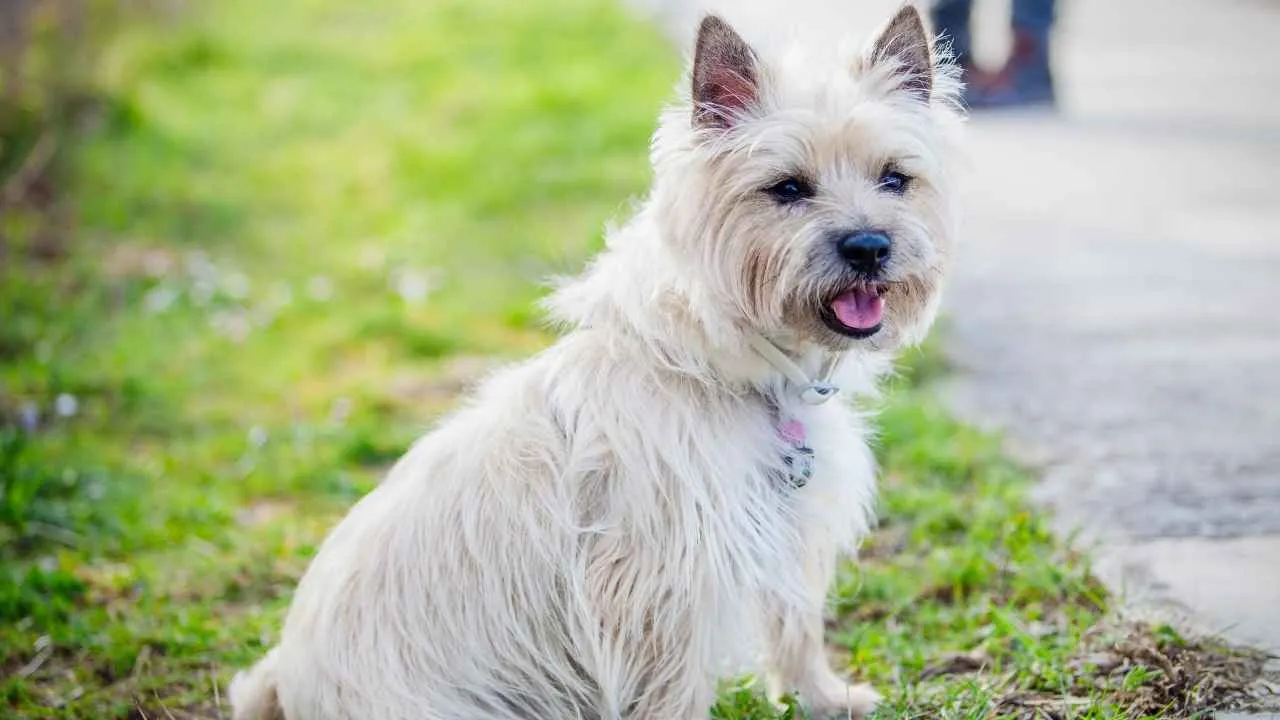
The Cairn Terrier may be small, but its roots run deep in Scotland’s rugged landscapes. Originally bred to hunt vermin, these energetic little dogs were built for action, not relaxation. With their scruffy coats and bright, intelligent eyes, they’re always on the lookout for their next adventure, making them one of the most spirited canines in the world.
Fearless and full of personality, Cairn Terriers are independent thinkers. They love exploring, digging, and chasing after anything that moves. Unlike some lap dogs, they’re more interested in what’s happening around them than being held close. While they aren’t aggressive, they do have a bold attitude that makes them stand their ground when they don’t want to do something—including cuddle.

Snuggling just doesn’t fit their go-go lifestyle. While some dogs find comfort in curling up on a lap, a Cairn would rather be running around, investigating every corner of their home. If someone tries to force them into a cuddle session, they might wiggle away, looking absolutely unimpressed by the idea of sitting still.
Even without cuddling, they have their own ways of showing love. A happy Cairn Terrier will follow their owner everywhere, wagging its tail and giving excited little licks. Licking is their way of saying, You’re my favorite human, and it’s their signature move when they want to express affection without being smothered.
The best way to bond with a Cairn Terrier is to keep up with their adventurous energy. Instead of trying to turn them into a lap dog, engage them in fun games, interactive toys, and lots of playtime. Training sessions using treats work wonders, and spending time together exploring the world will make them your most loyal companions.
8. Chesapeake Bay Retriever
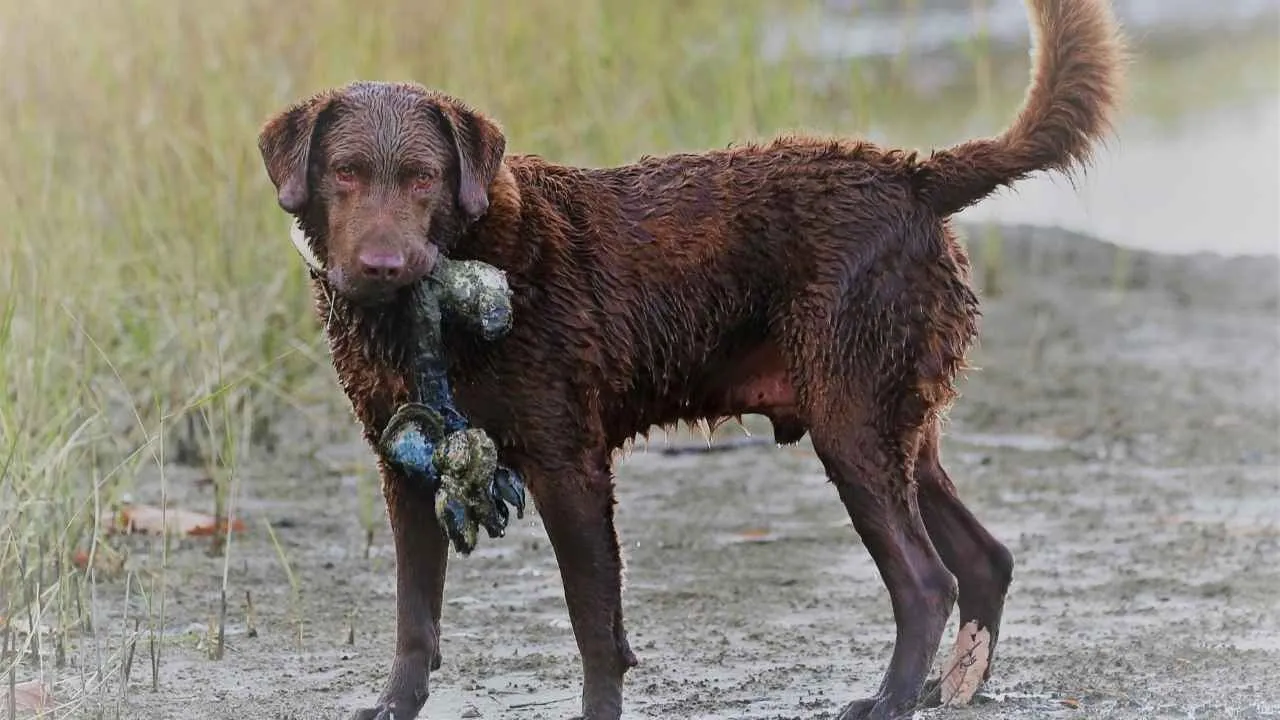
Born to conquer rough waters and icy winds, the Chesapeake Bay Retriever is no ordinary retriever. Bred for retrieving waterfowl in the toughest conditions, these dogs have a strong work ethic and an independent streak. Their waterproof coats and unwavering determination help them endure the harshest elements, making them one of the most resilient hunting dogs out there.
Unlike some retrievers who live for attention, the Chessie prefers their own space. They are deeply loyal but not the type to follow their owners around all day. While they form strong bonds, they tend to be more reserved in their displays of affection. They aren’t aggressive, just a little too busy being the rugged, self-sufficient type to be overly fond of constant snuggles.
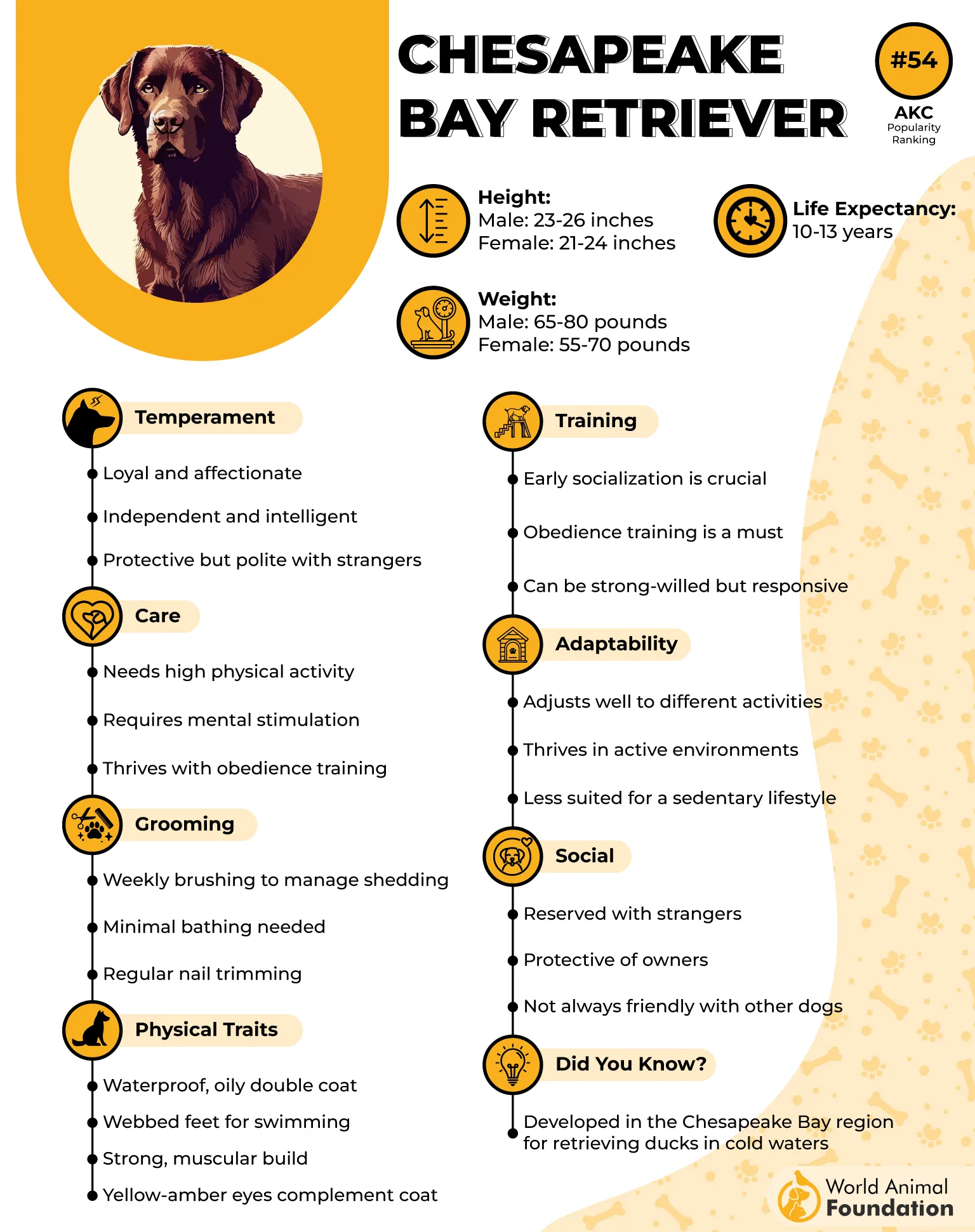
A Chessie sees cuddling as an unnecessary distraction. Their natural instincts make them alert and always ready for action, not lounging on a bed with their human. Rather than curling up for a long nap, they would much rather be outside, exploring, training, or keeping a watchful eye on their surroundings.
That doesn’t mean they lack love—it just looks a little different. A Chesapeake Bay Retriever expresses devotion through unwavering loyalty and a protective nature. They will stick by their favorite human, guard them with quiet confidence, and eagerly bring them gifts (like a soggy tennis ball or even a random stick).
The best way to bond with this breed? Engage their hardworking nature! A Chessie thrives with interactive training sessions, outdoor adventures, and tasks that challenge their intelligence. Show them love through activity, and they’ll be the most devoted, nurturing companion anyone could ask for.
9. Borzoi
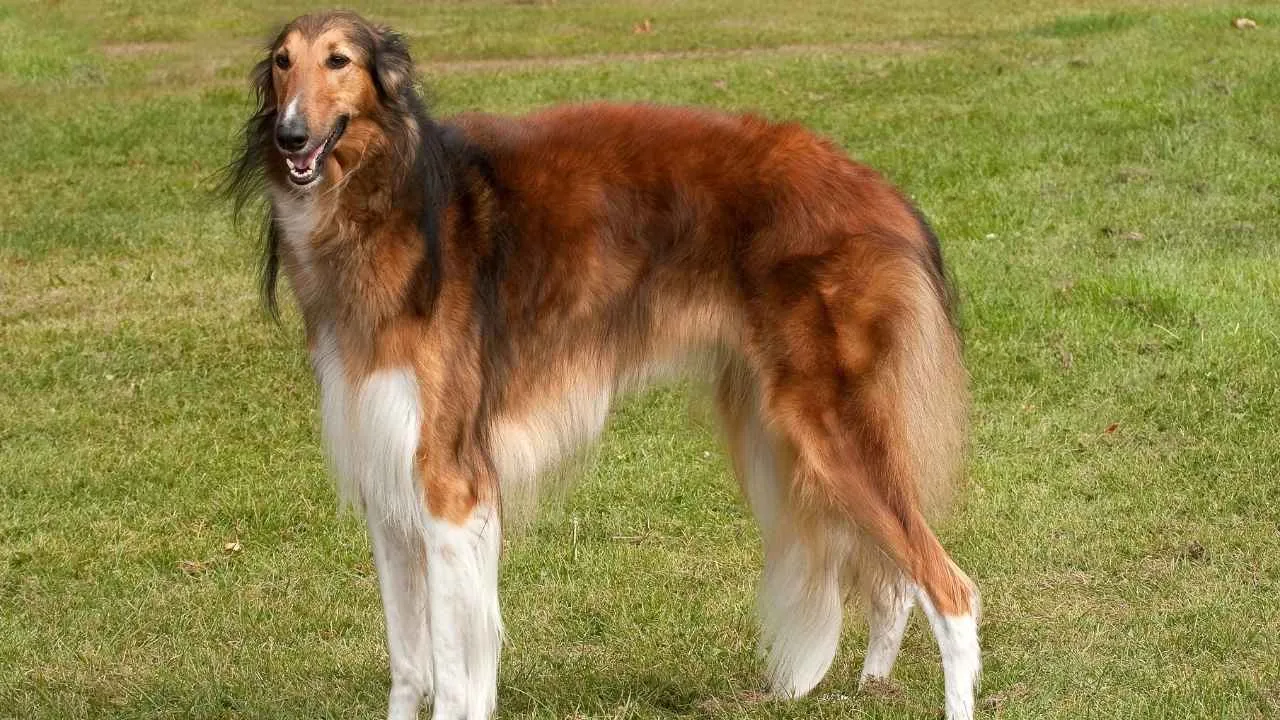
Graceful and swift, the Borzoi hails from the Russian aristocracy, where they were prized for their hunting abilities. With their long legs and flowing coats, they carry an air of quiet elegance. Unlike most dogs, they prefer independence over constant human interaction.
A Borzoi is calm, observant, and never overly needy. While they enjoy companionship, they assume that affection doesn’t always mean being physically close. Rather than snuggling, they’d rather stretch out on their own terms. Their reserved nature makes them unique.
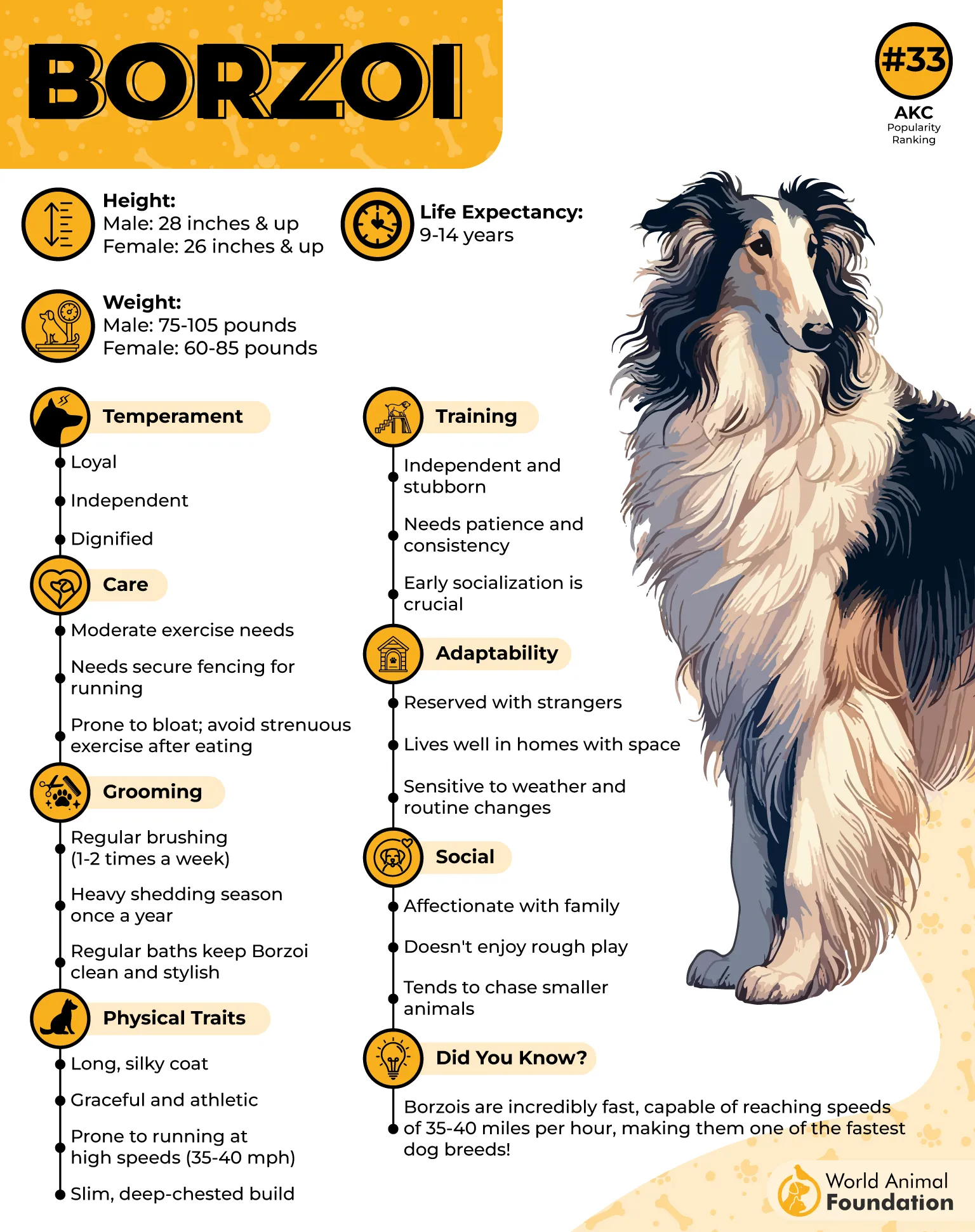
Cuddling isn’t their favorite pastime, as they find enjoyment in lounging nearby rather than being held. They display subtle signs of love, like resting their head on your knee or following you from room to room. Their affection is quiet but deeply loyal.
Instead of showering you with kisses, they form bonds through their presence. A Borzoi expresses love by watching over you, staying close, and offering gentle nudges. They prefer respect over constant handling, showing affection in dignified ways.

The best way to connect with a Borzoi is through long walks and peaceful companionship. Let them roam freely, engage them in gentle activities, and they’ll return your care with quiet devotion. Give them space, and they’ll stay by your side forever.
Conclusion
Not all dogs are natural snugglers, but that doesn’t mean they don’t love you. While some, like the Bichon Frise, will happily cuddle for hours, independent breeds show love in quieter ways. Whether through play, loyalty, or companionship, every dog expresses affection uniquely.
German Shepherds form deep bonds through protection, while a Poodle may prefer interactive games over lap time. Understanding these differences helps strengthen your connection. Instead of forcing cuddles, embrace what makes each breed special.
By respecting your dog’s comfort level, you create a bond based on trust rather than expectation. Some may seek attention in bursts, while others prefer lounging nearby. The key is recognizing and appreciating their chosen way of showing love.
At the end of the day, the best relationships are built on mutual understanding. Whether it’s a quick head nuzzle or following you everywhere, their affection is always present. Every tail wag, watchful glance, and playful interaction speaks volumes.
So if your dog isn’t one to snuggle, don’t worry. Their loyalty, presence, and unique way of bonding are just as meaningful. The love they offer is unconditional—even if it doesn’t come in the form of a cuddle session.


